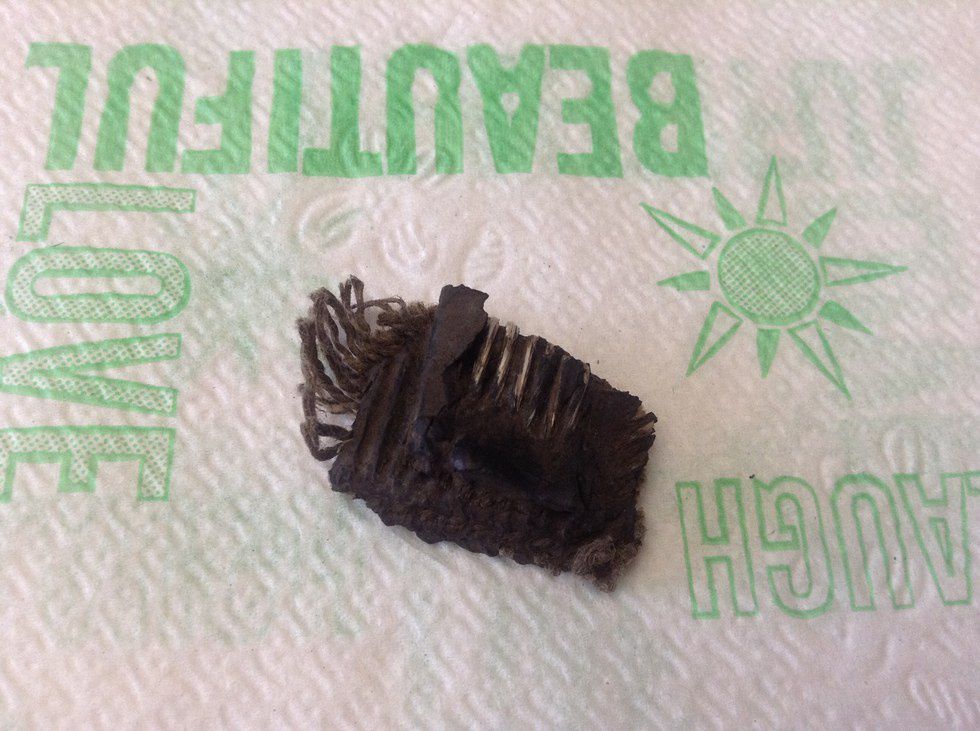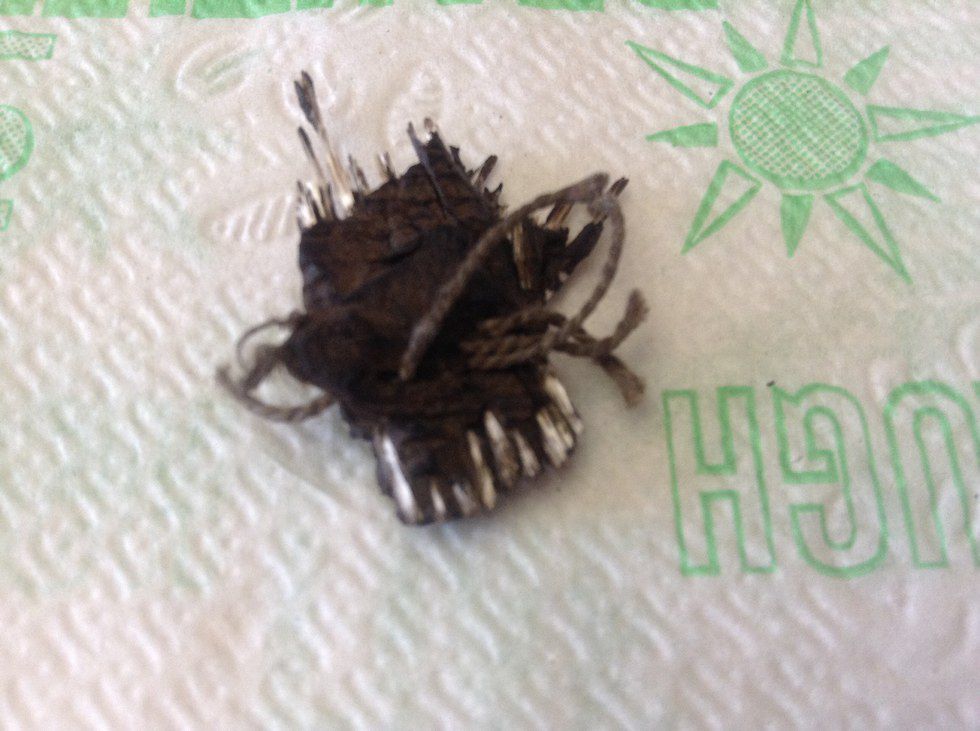The South Dakota educational system strikes again. The first article I ever wrote for Odyssey was about the “transgender bathroom issue.” It’s what convinced me to join this publication, the fact that my home state was willing and ignorant enough to pass legislation requiring students to use the bathroom corresponding to their biological sex, never mind gender identity.
This time around, the problem lies in our elementary school playgrounds—literally. With Spearfish’s relatively recent move from East Elementary to Creekside, they’ve also gone from using wood chips on their playgrounds to using “recycled” tires.
Common sense doesn’t disagree with this decision. Tires are made out of rubber and therefore would seem softer, less likely to cause injury when fallen on. And using recycled tires keeps them out of the landfill where they admittedly take up space, trap standing water, can breed mosquitoes and disease.
Not to mention, tires thrown in landfills are notorious for causing fires. In Rinehart, Virginia, about seven million tires caught fire in 1983. Significant air pollution was recorded in three neighboring states, and the fire burned for nine months. Cleanup efforts only ended in 2002. Some of these infamous fires have also been attributed to spontaneous combustion, like the St. Lucie County Tire Fire in 2010, and the Watertown Tire Fire in 2005, which was a large mound of shredded tires (like what’s used on playgrounds). In 1999, the Wesley Tire Fire was started by a lightning strike, and officials decided to let it burn itself out. It went on for nearly a month, during which time a half-million gallons of pyloric oil drained off the burning tires and flowed into a nearby stream, which then burst into flames.
Food for thought: we don’t call it Creekside for nothing.
But, if putting tires in landfills is so dangerous, what should we do instead? It seems the answer people have been coming up with is “shredding them and putting them in playgrounds and artificial turf.” Though, with one of those spontaneously started tire fires, the tires were already shredded like they would be on a playground.
True, spontaneous combustion may sound like a ridiculous fear to have when sending your kids to school, but that’s not the be-all and end-all of the situation. Anyone who’s played on this stuff can tell that it stinks, especially when it’s hot out. Remember the reported pollution during those tire fires? According to a 2012 study analyzing rubber mulch taken from playgrounds in Spain, each of the 21 samples contained at least one hazardous chemical and most contained high concentrations of several different PAHs (polycyclic aromatic hydrocarbons, natural or human-made chemicals that are made when oil, gas, coal, or garbage is burned). While some of the chemicals in rubber tires need to reach 140 degrees Fahrenheit to be released into the air, many can become airborne at 77 degrees Fahrenheit.
When presented with the notion of chemicals being heat-released from the tire shreds, school officials claimed the rubber didn’t get hot enough or, if it did, it was in the summer when students are on vacation. I disagree with this not only on the grounds of those chemicals needing lower temperatures to be released into the air, but I would also like to remind everyone of the existence of summer programs. I used to be a part of Kids Club Kids in the summer, and we used the playground every day we were there.
The California Office of Environmental Health Hazard Assessment (OEHHA) conducted three studies back in 2007 to test potential health risks to children from having recycled tires on playgrounds:
- In the first study, they were searching for potential health repercussions of a child ingesting a tire shred. They created a chemical solution that mimicked a child’s stomach and put 10 grams of tire shred inside for 21 hours at 37 degrees Celsius.
- In the second study, they mimicked a child touching the tire shreds and then touching their mouth by wiping recycled tire shreds and measuring the chemicals on the wipes. Five chemicals, including four PAHs (one of which was chrysene, a chemical that could possibly increase the chances of a child developing cancer), were found on the wipes.
- In their third study, they tested guinea pigs to see if rubber tire playground samples caused any health problems.
Overall, the OEHHA concluded that a single incident of exposure to tire shreds (either by ingestion or touching) would probably not cause any health problems, but repeated or long-term exposure might. This isn’t to say it’s okay for children to be eating wood chips, and I’m not going to argue that either is better than the other. What I will point out is that, if you’re concerned about splinters from eating wood chips, some of these tire shreds can contain steel shards.

On the other hand, all five playgrounds with wood chips met the safety standard.
I’m not here to tell you that your kid’s going to get cancer from playing on this stuff. I’m saying they could, that we don’t know, that there are other options available, and that the Spearfish School District has chosen the material that sounds safe without doing sufficient research on the effects.
I’m also saying that if they won’t take some initiative here themselves, we have to make them. This is just an overview. I didn’t go into depth with a lot of these concerns. My goal is to bring attention to the different angles of the argument. The conclusions you draw will be your own, hopefully supported by further reading. As it stands, though, not many people seem aware of the potential issue, and I firmly believe that people should at least presented with information and allowed to decide for themselves. I had no idea there could even be a potential issue with tire shreds until Pauletta Alber came walking down Main Street this past week. She has been struggling against the Spearfish School District for a while now, all to no avail. As someone who was born and raised in Spearfish, and who’s gone through the school system here, I can’t say that I’m surprised.
The only thing we need to get the school district to do is remove the rubber. Spearfish is lucky enough to have a sawmill in our backyard…a sawmill willing to give us wood chips for free, and to transport them to our schools for free. The only thing we need the school district to do is get rid of the once-recycled tire shreds.
The question now: how? You can start by calling the Superintendent or District Office, phone numbers that can be found here. Get enough voices, and ignoring the issue becomes impossible.
In searching for email address to be contacted, my search came up empty. The Spearfish School District's webpage lead me in circles through outdated information or pages "under construction." Kirk Easton is the current superintendent.























